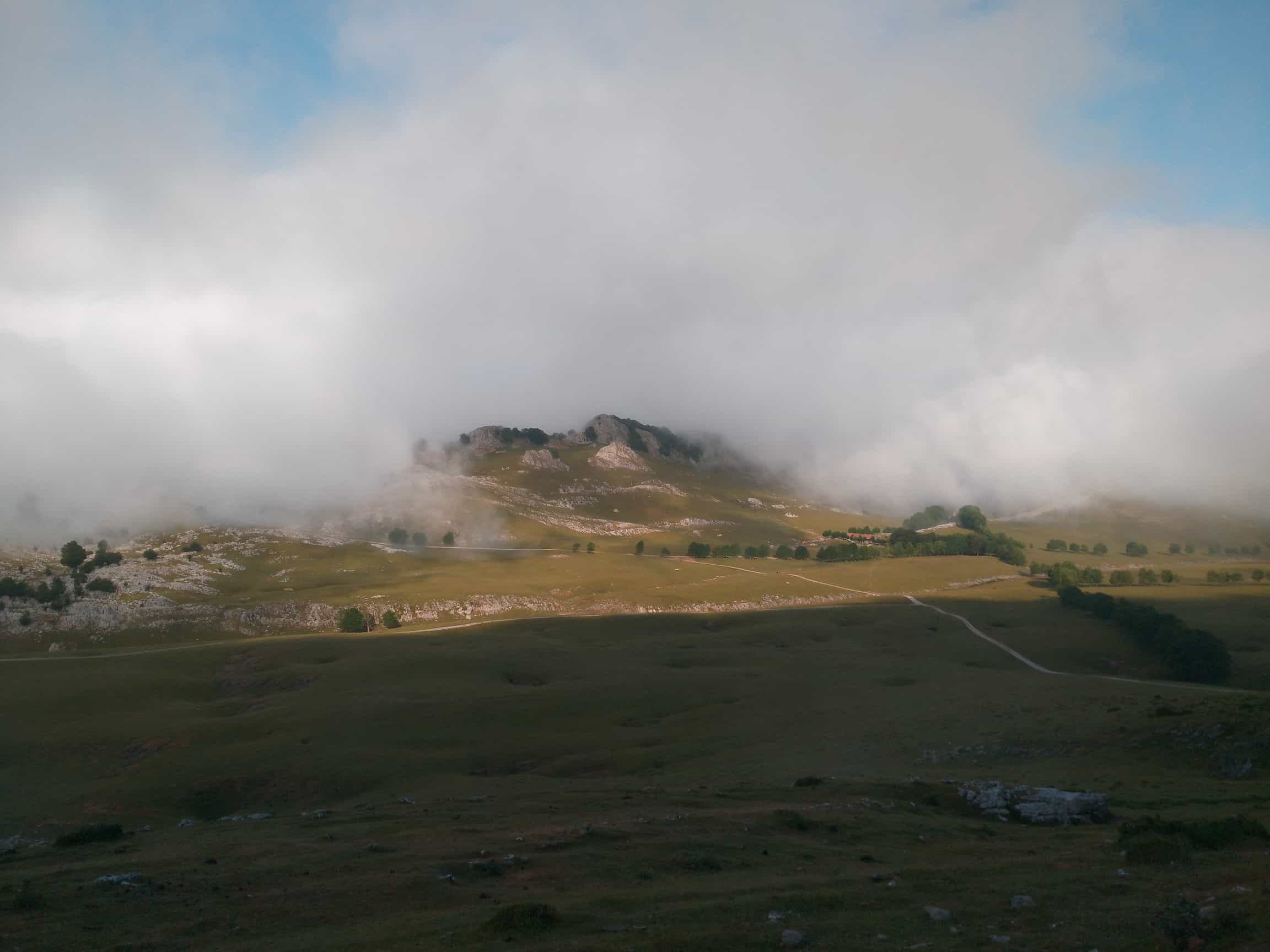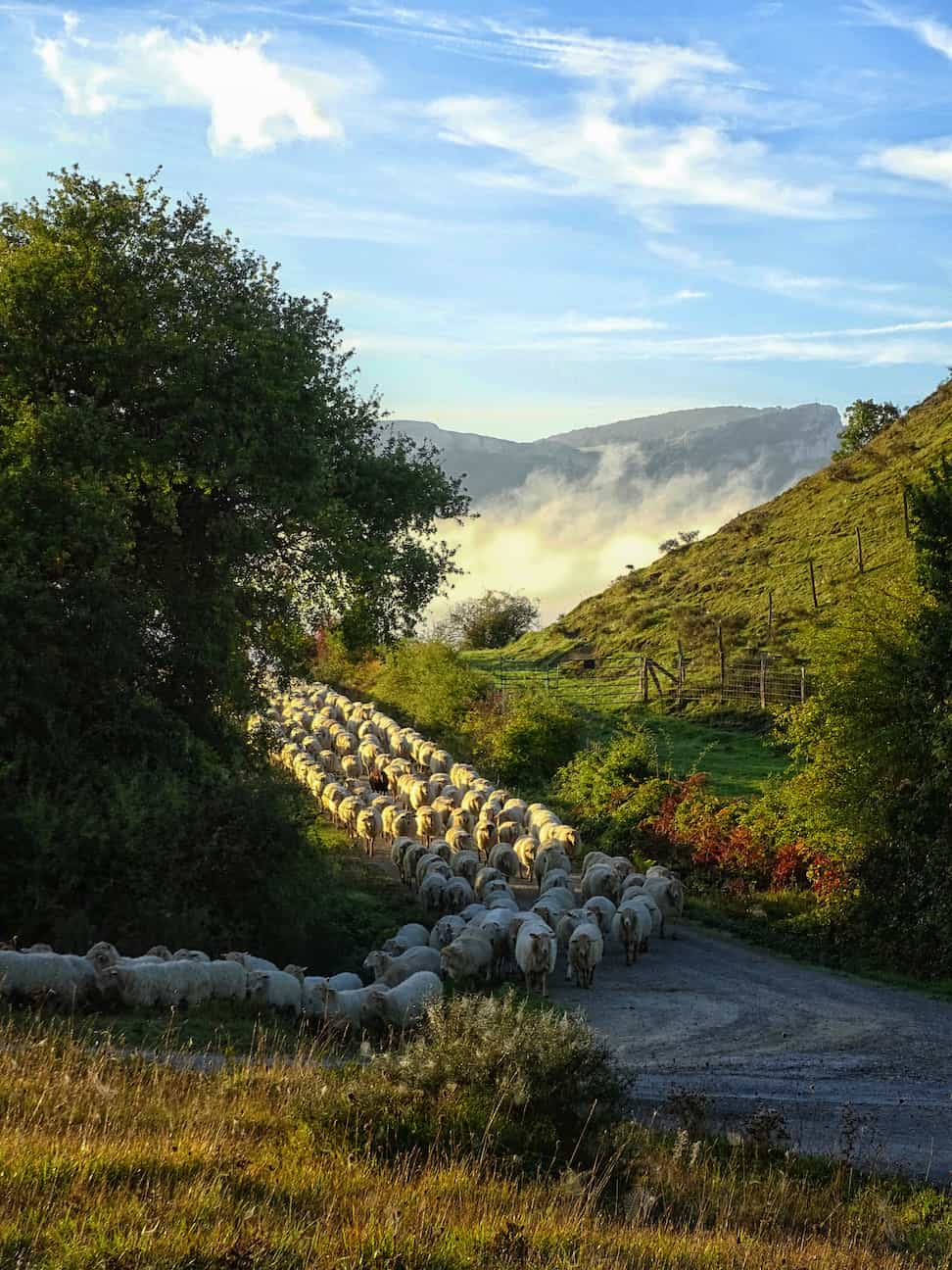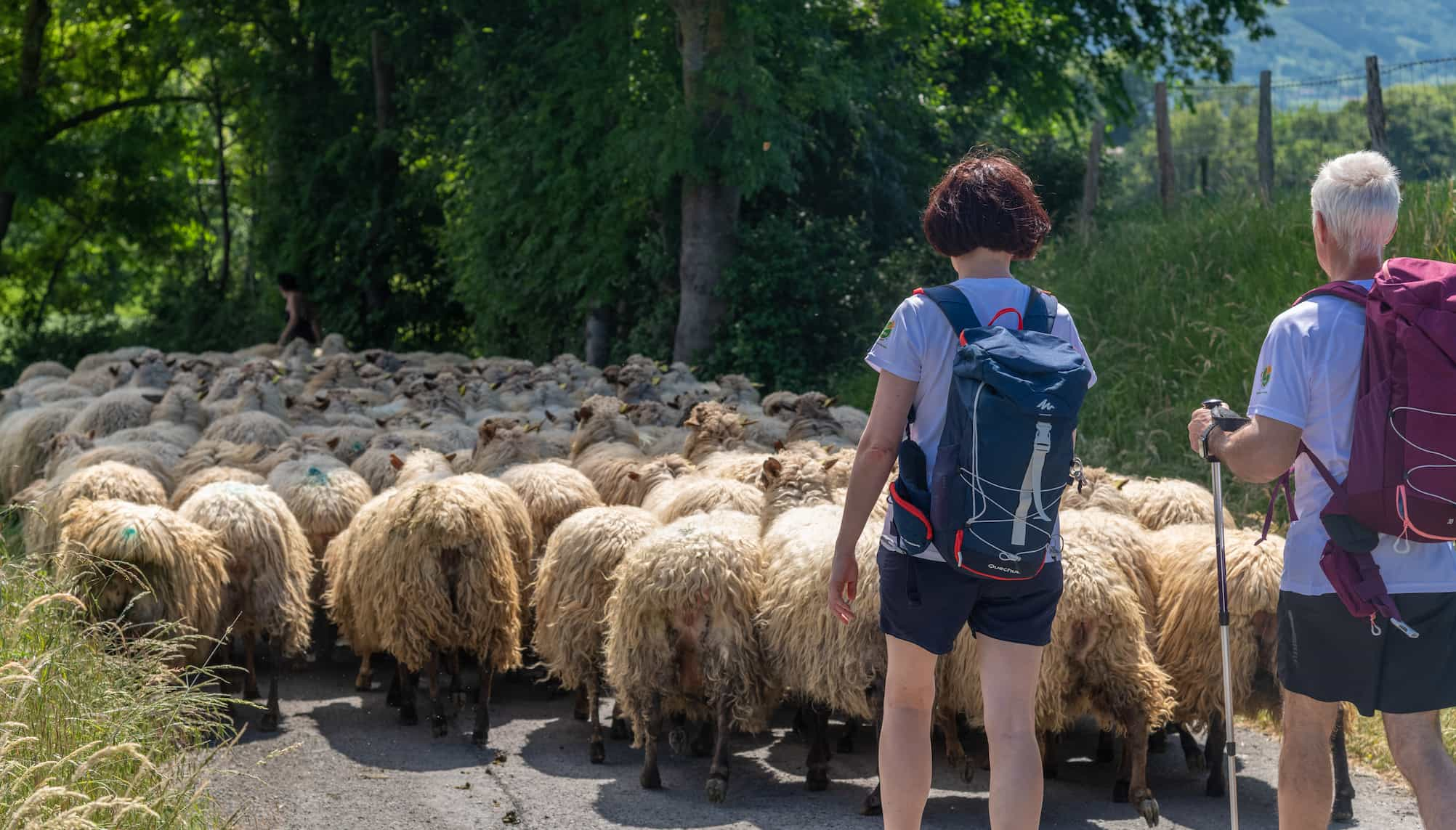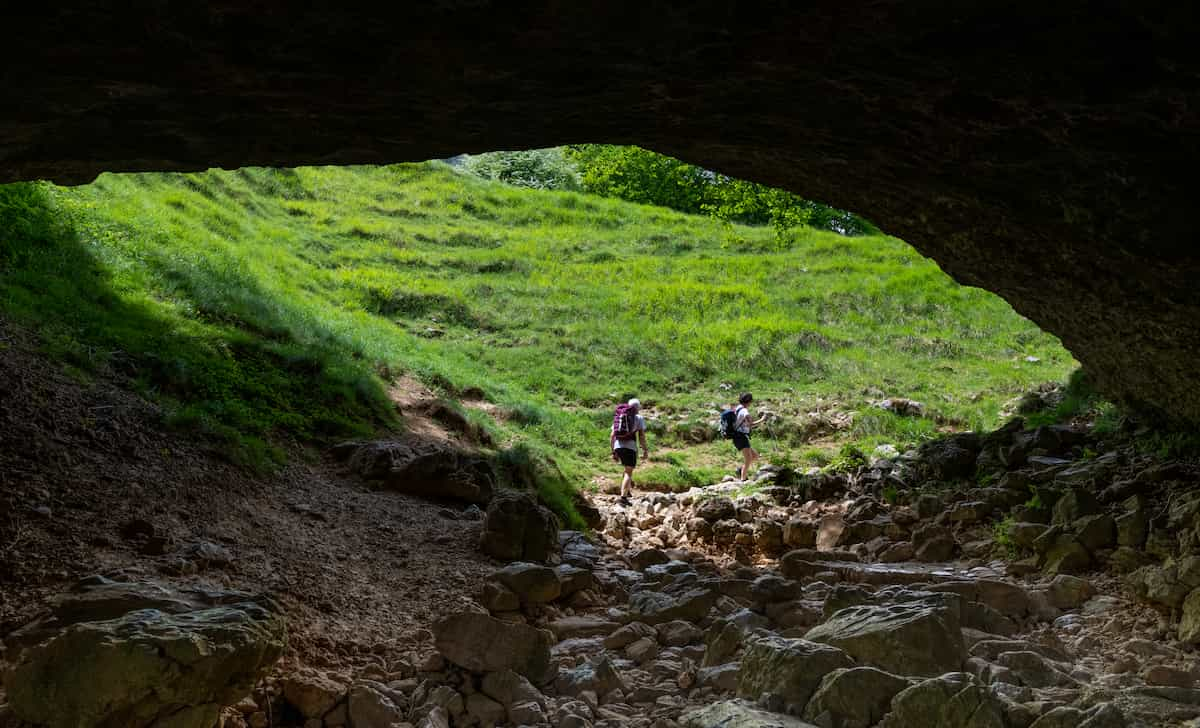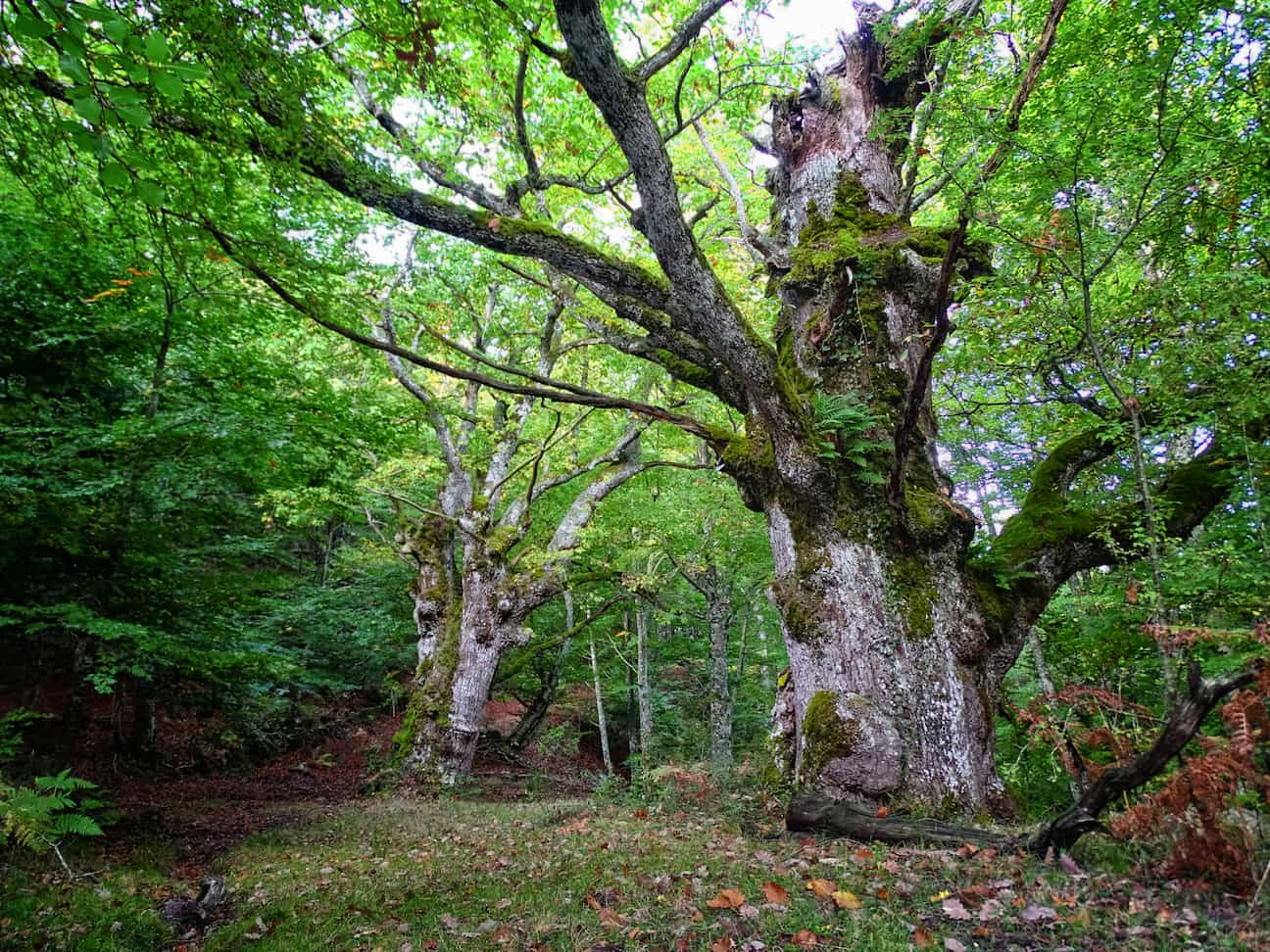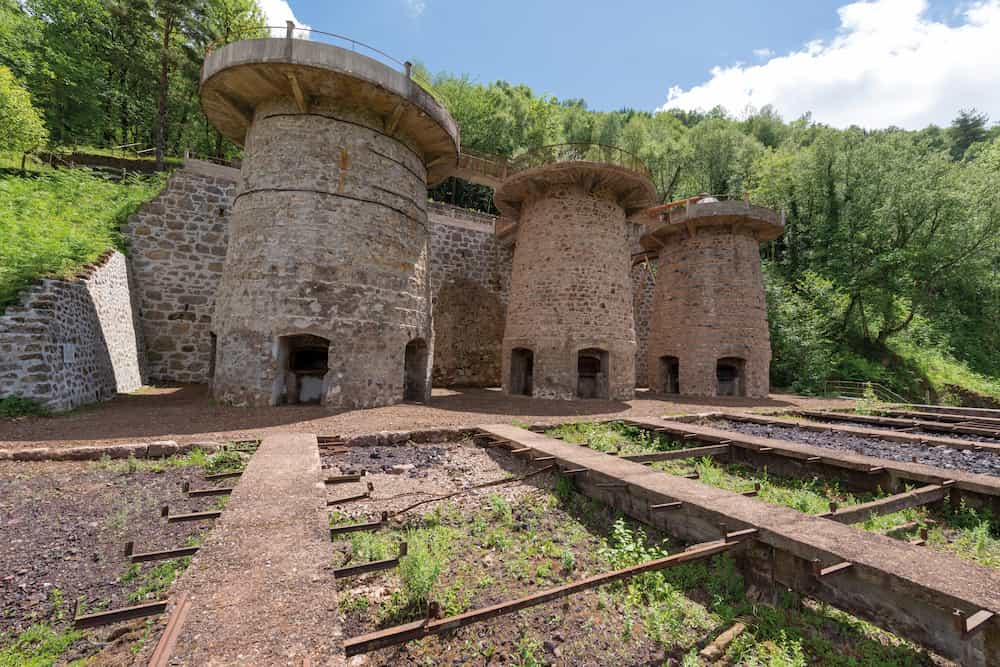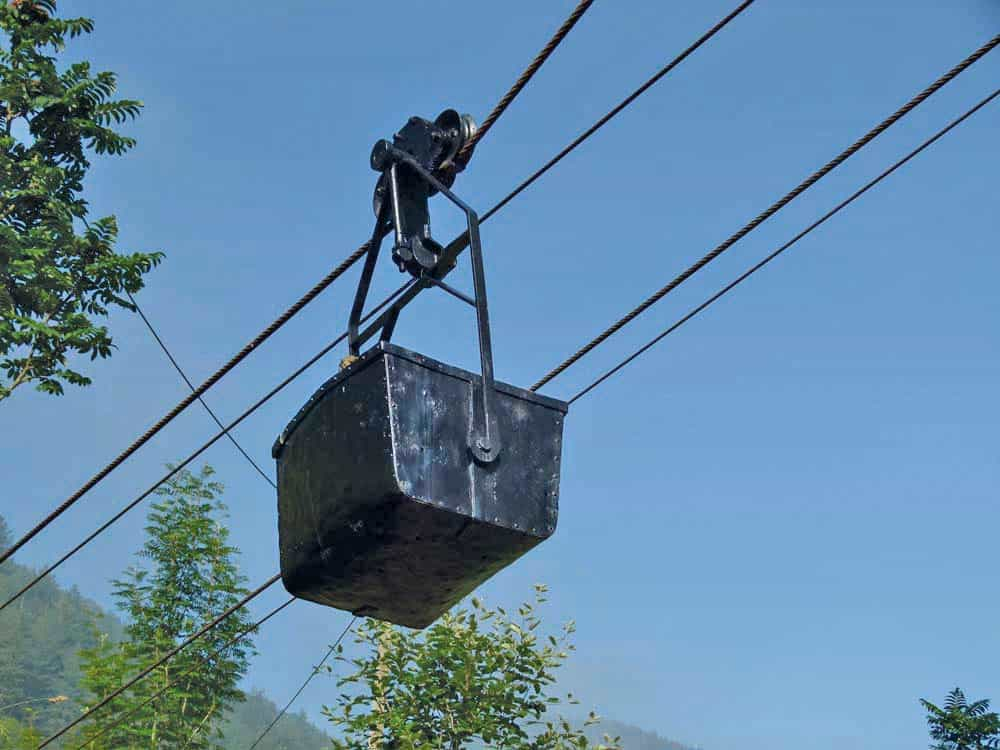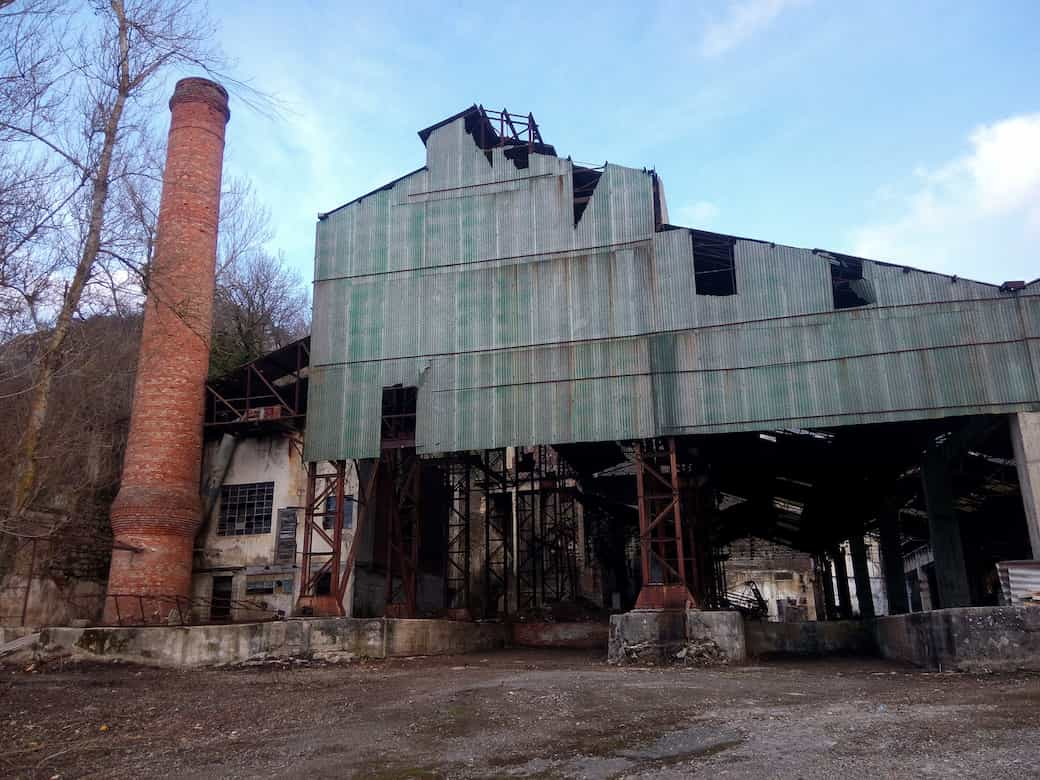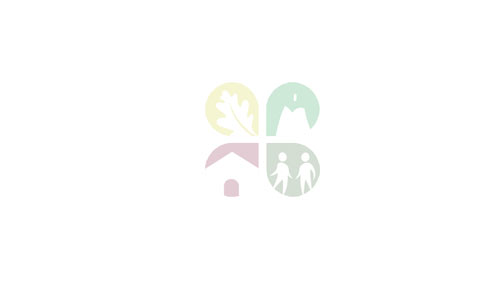Industrial heritage
The most human history of the natural park.
Goierri Mining reserves
Right on the edge of the natural park, we can get close to and enjoy the history and heritage of two of the most important reserves in the Basque Country. In Mutiloa, iron ore has been, since medieval times, the main source of supply for the active forges in the upper basins of the Urola and Oria river valleys. At the end of the 19th century, a more organized and systematic operation was created. To achieve this, various infrastructures were built, such as the mining railway that ran through the reserves from Barnaola (Mutiloa) to Ormaiztegi.
Mining has also been an unequivocal fact of life in Zerain since the Middle Ages. The most intense activity began in the middle of the 19th century and at the end of the same century foreign investment from English, Dutch and German companies reorganised the reserve and began to work systematically with the installation of new technological elements: internal mining railways, calcination furnaces, aerial cables...
This activity has left us an interesting landscape and cultural heritage where the calcination workshop stands out with its three impressive furnaces that welcome us next to the Aizpitta Interpretation Centre.
Ajuria & Urigoitia Industrial Forest
The setting of the Ajuria y Urigoitia foundry in Araia (Asparrena, Araba) is one of the most beautiful industrial landscapes in the Basque Country: Dams, forests, bunkers, warehouses, etc.
It is one of the first steelworks in the country, located at the entrance of the Aizkorri-Aratz Natural Park, a place where nature and industry are inseparable.
Although other forges existed in Araia before, the "San Pedro de Araia" foundry complex or Ajuria factory, as it is known today, was undoubtedly the most outstanding of them all. It was the site of the first electric induction furnace in the whole of Spain and one of the first blast furnaces in the Basque Country, as well as the first modern iron and steel company, together with Bolueta in Bizkaia.
The Ajuria factory has reached several milestones throughout its history, including the fact that in 1929 it became the only company in the country that continued to produce soft iron using the puddling process, and from 1933 it became the only producer of charcoal ingot. In 1906, it started up the first electric furnace in Spain to manufacture steel.
At the end of the 19th century, its owners built the "El Nacedero" dam to take greater advantage of the area's water resources.
In short, the Ajuria factory "made an innovative contribution to the analysis of the technological changes in the iron and steel industry, a profound knowledge of the markets -absolutely unknown until then-, the birth of the industrial cartels, extensive information on the standard of living of the workers and the strategies of a family business to reinvest profits Important firms such as Ajuria y Aranzábal, La Azucarera or La Iberia, the original core of Altos Hornos de Vizcaya, emerged from the plant's profits".
More Info about industrial tourism in the Basque Country: https://turismo.euskadi.eus/turismo-industrial/
Idiazabal region
Step into the birthplace of one of the best cheeses in the world.
The Aizkorri-Aratz Natural Park and its surroundings are synonymous with Idiazabal cheese, one of the jewels of Basque gastronomy and one of the best sheep's cheeses in the world. The production of this cheese has been a thousand-year-old tradition and has held a Denomination of Origin for over 30 years. It takes its name from the village of Idiazabal, as it is the enclave most associated, since ancient times, with Latxa sheep's cheeses.
Its special flavour, balanced and intense, can be enjoyed in numerous catering establishments, but to learn more about the secrets of its production, we suggest you visit one of the cheese dairies or visit the Idiazabal Cheese Interpretation Centre, where they give us the keys to appreciate and taste Idiazabal cheese.
Idiazabal Cheese Interpretation Centre
You can find all the cheese shops linked to the Idiazabal Denomination of Origin at: www.euskadigastronomika.eus/es/queserias
If you want to combine hiking with this gastronomic jewel you can also take the GR 283 - Idiazabal Cheese Trail, a 6-day route that passes through two natural parks Aizkorri-Aratz and Aralar where you can discover the secrets of the cheese. www.rutadelquesoidiazabal.com

 The weather
The weather
